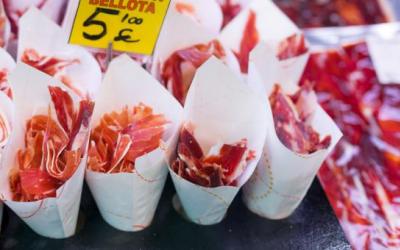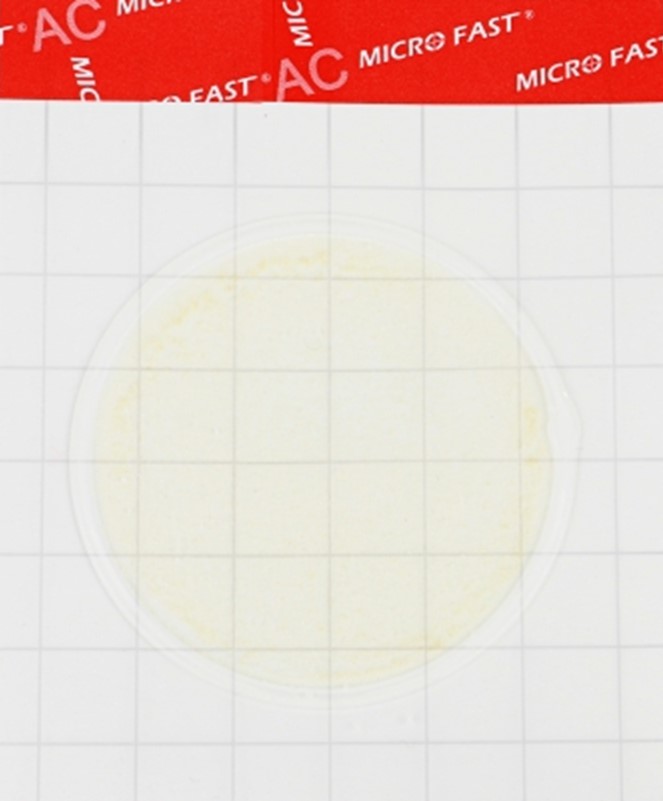EU agricultural prices fall in first quarter of 2024

After a period of sharp increases in agricultural prices in 2021 and the first three quarters of 2022, the pace of increases has since slowed and prices have begun to decline. The recent decline in agricultural production and input costs is approaching the more subdued levels seen before the crisis.
Changes in prices for many types of agricultural products in the first quarter of 2024 were varied and contrasting. A particularly sharp decline was observed in the average price of grain, which fell by 28%. The price of MILK fell by 12%, eggs and industrial crops (oilseeds, protein crops, raw tobacco, SUGAR beets and others) fell by 12%. 10%, and fresh vegetables - by 6% (with a particularly sharp drop in prices for tomatoes amounting to 33%).
In contrast, the average price of potatoes rose by 22% and fresh fruit by 20% (despite a sharp 44% decline in lemon and lime prices), partly in response to the expected impact of adverse weather conditions on harvested volumes.
Among non-investment resources, the sharpest price declines were recorded for fertilizers and soil improvers (-31%), animal feed (-16%), and energy and lubricants (-12%).
Quarterly prices fell in most EU countries
At the national level, most EU countries (21 out of 25 according to available data) recorded a decline in agricultural prices in the first quarter of 2024 compared to the same quarter of 2023. The sharpest price declines were recorded in Hungary (-24%), Bulgaria and Romania (both -18%), and Slovakia and the Czech Republic (both -17%).
In contrast, prices rose in the 5 southern EU countries; they rose most sharply in Greece (+20%), while more modest increases were recorded in Malta and Spain (+4%), as well as in Portugal and Cyprus (+1%).
In terms of non-investment inputs (such as energy, fertiliser or feed), 24 out of 25 EU countries with available data recorded a decline in the first quarter of 2024 compared to the first quarter of 2023. The steepest declines were observed in Croatia (-20%), Hungary (-19%), the Netherlands and Ireland (both -17%). Portugal was the only EU country to record an increase (+2%).
Read together with it:
- С января по июль экспорт свинины из ЕС вырос на 1,6%На втором месте оказались Нидерланды с объёмом экспорта в 392 000 тонн. Дания экспортировала свинину в третьи страны с объёмом в 308 000 тонн, что примерно на 13% меньше, чем в предыдущем году. Германия экспортировала 180 000 тонн, что на 18% меньше, чем годом ранее. Это было обусловлено, главным образом, дополнительными ограничениями на экспорт, вызванными вспышкой ящура в начале года. Помимо зап...
- Zakharova promised "tough steps" in response to the 19th EU sanctions package.Maria Zakharova RUSSIA will respond harshly to the latest round of EU sanctions, Russian Foreign Ministry spokesperson Maria Zakharova stated on TELEGRAM . The EU previously adopted the 19th package of anti-Russian sanctions, which included a ban on the import of Russian LNG, new restrictions on oil companies, ships, banks, and the EXPORT of certain goods, as well as restrictions on the movement o...
- Производство яиц растёт в Липецкой областиЗа девять месяцев 2025 года в хозяйствах всех категорий региона получено 702,4 млн яиц. Это на 8 % больше, чем за аналогичный период прошлого года. Основным производителем и поставщиком пищевого куриного яйца в Липецкой области является сельхозпредприятие, две площадки которого расположены в Липецком округе и Грязинском районе. В день там получают порядка 1,6 млн штук яиц. За три квартала текущего...
- С начала года Московская область увеличила экспорт свинины на 35% в стоимостном выраженииМосковская область продолжает укреплять позиции одного из ведущих экспортеров продукции агропромышленного комплекса в России. По итогам 9 месяцев с начала года регион нарастил экспорт свинины на 35% по стоимости. В натуральном выражении объем поставок составил 85 тысяч тонн, что на 17% больше, чем за аналогичный период прошлого года. В Министерстве сельского хозяйства и продовольствия Московской о...
- В Татарстане за 9 месяцев 2025 года произведено 314 тыс. тонн мяса скота и птицы, надоено 1 млн 405 тыс. тонн молокаВ Республике Татарстан на сегодня выкопано 42 тыс. га площадей сахарной свеклы, это 79% от плана. Накопано свыше 2 млн. тонн корнеплодов со средней урожайностью 490 ц/га. Сахарными заводами заготовлено 667 тыс. тонн, переработано 593 тыс. тонн сырья, выработано 82 тыс. тонн сахара. Такие данные привел заместитель Премьер-министра РТ – министр сельского хозяйства и продовольствия РТ Марат Зяббаров ...
- Московская область демонстрирует рост урожая зерновых, картофеля и овощей в 2025 годуВ Московской области отмечается положительная динамика по валовому сбору ключевых сельскохозяйственных культур. Значительно увеличены показатели по зерновым и зернобобовым, картофелю и овощам. В Министерстве сельского хозяйства и продовольствия Московской области сообщают, что валовой сбор зерновых и зернобобовых культур составил 592,2 тыс. тонн, что на 89,9 тыс. тонн или 18% превышает показатель ...





























































